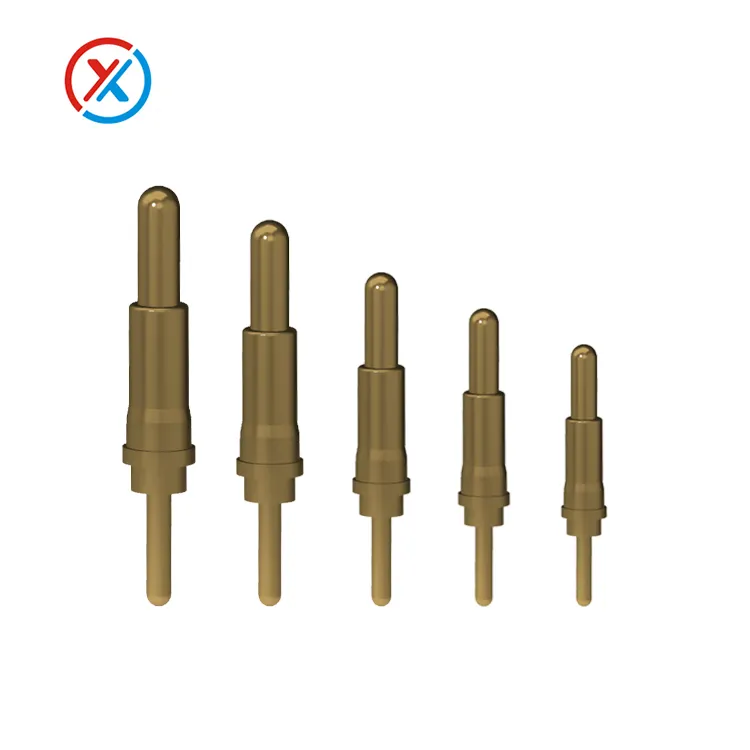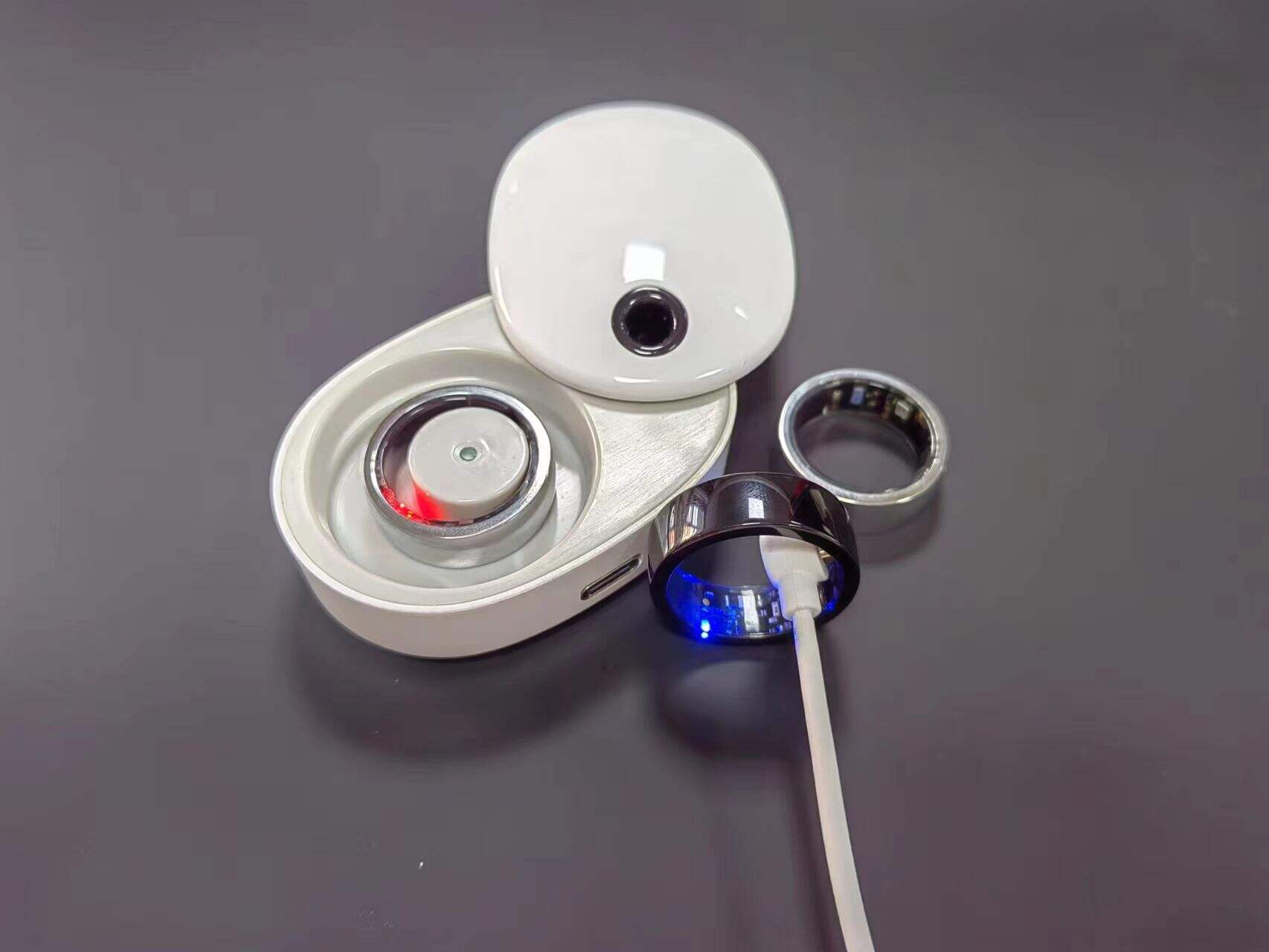How to Choose DIP Pogo Pin for Through-Hole PCB Designs?
Understanding DIP Pogo Pin Technology in Modern PCB Assembly
The electronics manufacturing industry continues to evolve, and with it, the need for reliable testing and connection solutions becomes increasingly critical. DIP pogo pins have emerged as an essential component in through-hole PCB designs, offering versatile and dependable connectivity options for various applications. These spring-loaded contacts provide consistent electrical connections while ensuring durability and reliability in testing and production environments.
When designing PCBs with through-hole technology, selecting the right DIP pogo pin can significantly impact your project's success. These components play a crucial role in maintaining signal integrity, ensuring proper board-to-board connections, and facilitating efficient testing procedures. Understanding the key aspects of DIP pogo pins will help you make informed decisions for your specific application requirements.
Essential Characteristics of DIP Pogo Pins
Material Composition and Durability
The foundation of any high-quality DIP pogo pin lies in its material composition. Most premium pogo pins feature gold-plated contacts, which provide excellent conductivity and resistance to oxidation. The plunger and barrel are typically manufactured from brass or beryllium copper, offering optimal mechanical properties and longevity. These materials ensure reliable performance even after thousands of compression cycles.
Beyond the base materials, the spring element plays a vital role in maintaining consistent contact force. High-grade stainless steel springs are commonly used, providing excellent fatigue resistance and maintaining their mechanical properties over extended periods. The combination of these materials results in a robust component capable of withstanding demanding industrial environments.
Contact Resistance and Electrical Performance
One of the most critical specifications for DIP pogo pins is their contact resistance. Top-tier pins typically offer resistance values below 50 mΩ, ensuring minimal signal loss and reliable electrical connections. The design of the plunger tip and the pressure applied by the spring mechanism directly influence this parameter.
Engineers must also consider the current carrying capacity and voltage rating when selecting DIP pogo pins. These specifications vary based on the pin size and design, with larger diameter pins generally capable of handling higher current loads. Proper attention to these electrical characteristics helps prevent performance issues and ensures long-term reliability.

Design Considerations for PCB Integration
Mounting Requirements and Spacing
When integrating DIP pogo pins into your PCB design, proper mounting considerations are essential. The through-hole placement must account for pin diameter, length, and travel distance. Standard pitch spacing between pins typically ranges from 2.54mm to 5.08mm, though custom configurations are available for specific applications.
The PCB layout should also consider the mechanical stress imposed by repeated pin compression. Adequate support structures and proper hole sizing help distribute forces evenly across the board, preventing damage to both the pins and the PCB substrate. Including mounting holes or additional support features may be necessary for high-cycle applications.
Environmental Protection and Sealing
Many applications require protection against environmental factors such as dust, moisture, or chemical exposure. Sealed DIP pogo pins incorporate specialized designs that prevent contaminant ingress while maintaining reliable electrical contact. These sealed variants often feature additional components such as O-rings or protective coatings.
The selection of environmental protection features should align with your application's specific requirements. Considerations include operating temperature range, exposure to cleaning solutions, and expected environmental conditions. Proper protection ensures consistent performance and extends the overall lifespan of your assembly.
Performance Optimization and Testing
Spring Force and Travel Distance
The spring force of DIP pogo pins directly affects contact reliability and durability. Higher spring forces generally provide better contact stability but may require more significant actuation force. Engineers must balance these factors based on their application requirements and any automated testing equipment specifications.
Working travel distance is another crucial consideration, as it impacts both electrical performance and mechanical reliability. Optimal travel distance ensures consistent contact while preventing over-compression that could damage the pin or PCB. Most DIP pogo pins offer travel ranges from 0.5mm to 4mm, with recommended working travel typically being 2/3 of the maximum.
Maintenance and Lifecycle Management
Regular maintenance procedures help maximize the lifespan of DIP pogo pin assemblies. This includes periodic cleaning of contact surfaces, inspection for wear or damage, and verification of spring force retention. Establishing a maintenance schedule based on usage patterns and environmental conditions helps prevent unexpected failures.
Documentation of pin performance over time aids in predicting replacement intervals and optimizing maintenance procedures. Many manufacturers provide guidelines for expected lifecycle duration based on operating conditions, which should be incorporated into your maintenance planning.
Frequently Asked Questions
What is the typical lifespan of a DIP pogo pin?
The lifespan of a DIP pogo pin typically ranges from 500,000 to over 1,000,000 cycles, depending on the quality of materials, operating conditions, and maintenance practices. Premium pins with gold-plated contacts and high-grade springs tend to achieve the upper end of this range.
How do I determine the correct spring force for my application?
The appropriate spring force depends on several factors, including the contact resistance requirements, board material, and testing environment. Generally, a force between 30-150 grams is suitable for most applications, with higher forces used for more demanding electrical requirements or harsh environments.
Can DIP pogo pins be used in high-temperature applications?
Yes, specialized DIP pogo pins are available for high-temperature applications, typically rated for operation up to 125°C or higher. These pins use temperature-resistant materials and special plating processes to maintain reliability under elevated temperatures. Always verify the temperature specifications match your application requirements.
Hot News
-
Challenges for Pogo pin manufacturers in the AI era
2023-12-14
-
Teach you how to understand Pogo pin spline structure
2023-12-14
-
What products can Pogo pin be used in?
2023-12-14
-
How to choose Pogo pin connector
2023-12-14

 EN
EN
 AR
AR
 BG
BG
 HR
HR
 CS
CS
 DA
DA
 NL
NL
 FI
FI
 FR
FR
 DE
DE
 EL
EL
 HI
HI
 IT
IT
 JA
JA
 KO
KO
 PL
PL
 PT
PT
 RU
RU
 ES
ES
 SV
SV
 TL
TL
 IW
IW
 ID
ID
 LV
LV
 SR
SR
 UK
UK
 VI
VI
 GL
GL
 HU
HU
 TH
TH
 TR
TR
 AF
AF
 MS
MS
 SW
SW
 GA
GA
 CY
CY
 IS
IS
 BN
BN
 BS
BS
 NE
NE





